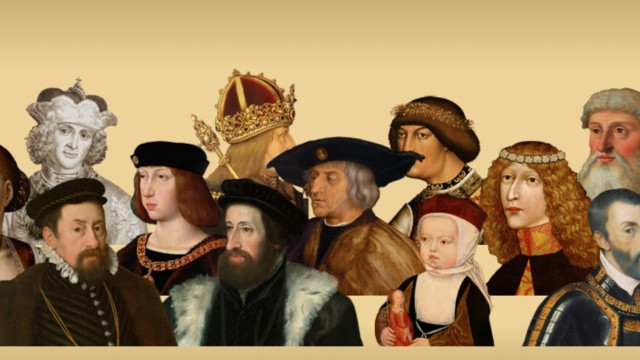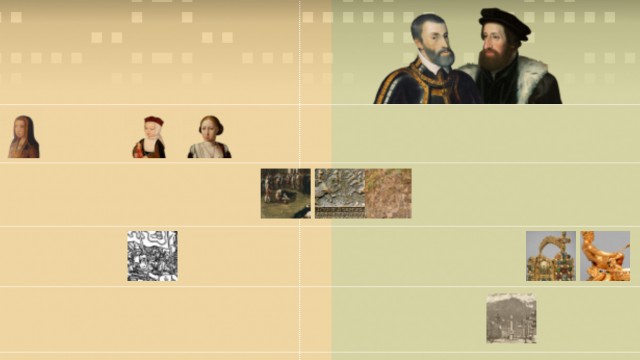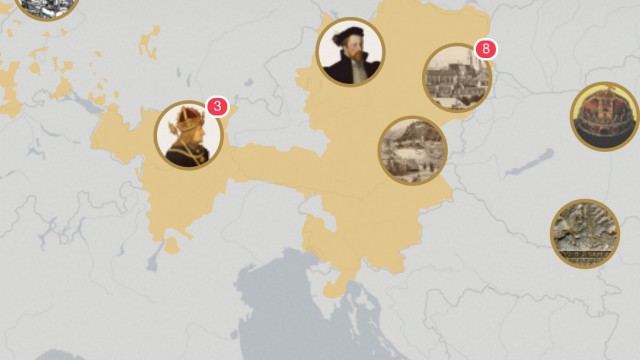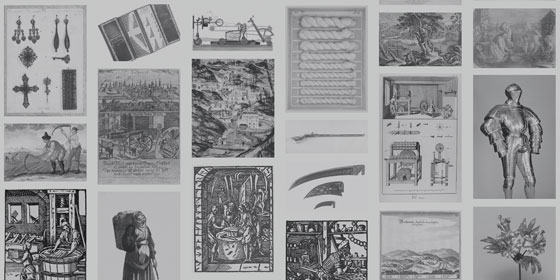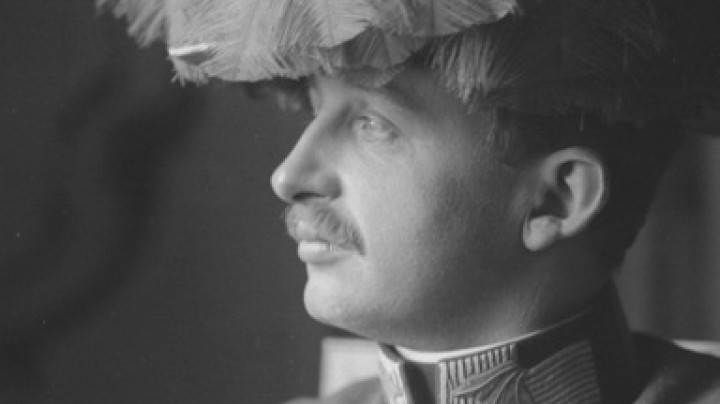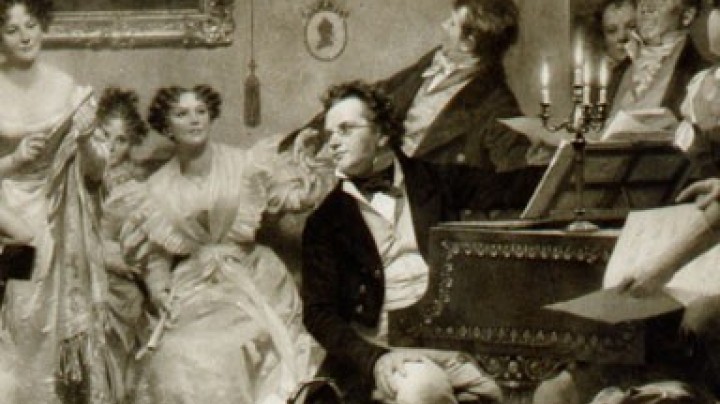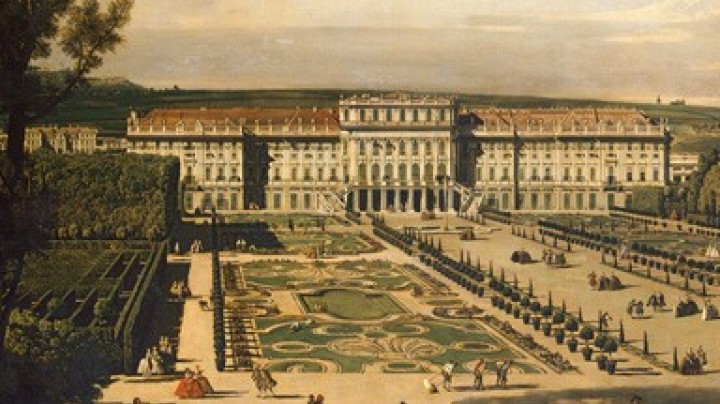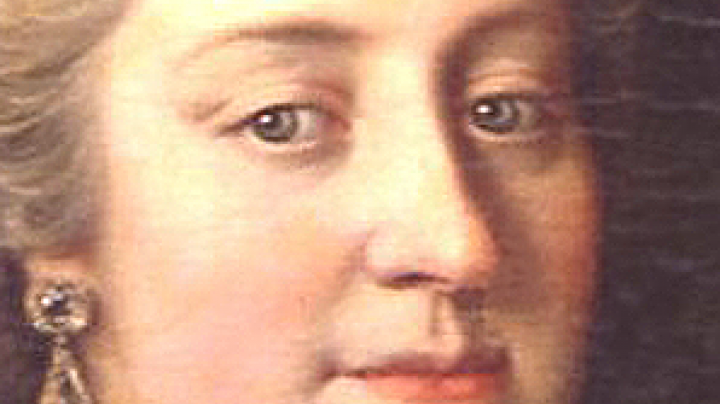Index
An overview of all themes of the World of the Habsburgs
-
955–1291
-
1200–1850
-
Country Life in the Middle Ages
1273–1500
-
1273–1500
-
1273–1500
-
1278–1476
-
1278–1918
-
Art and ‘junk’ – the Habsburgs and their cabinets of art and curiosities
1278–1835
-
1282–1406
-
1282–1790
-
1296–1918
-
1348–1900
-
1404–1500
-
1430–1570
-
The Habsburgs in Sound and Image
1450–1918
-
Habsburg against Turkey and France
1453–1739
-
1478–1913
-
1486–1618
-
1500–1739
-
Travelling in the Service of the Monarch
1500–1740
-
1500–1650
-
1500–1648
-
Of Witches, Barber-surgeons and Healers
1500–1740
-
The ‘Household-Family’ – Living and Working Together
1500–1740
-
Knowledge of Medicine in the Early Modern Era
1500–1740
-
Learning to Shop at the Grocer’s
1500–1648
-
1500–1650
-
Of global empires and dream worlds
1500–1739
-
Reformation and Counter-Reformation. A New Era
1500–1740
-
Glassworks, Paper Mills and Fish Ponds
1500–1648
-
1500–1648
-
A Tripartite Society and Social Conflict
1500–1740
-
1500–1739
-
Baroque splendour for Church and Emperor
1550–1730
-
Schönbrunn – the Habsburgs’ imperial showpiece
1569–1918
-
1595–1740
-
1600–1800
-
1617–1648
-
1649–1791
-
1649–1739
-
‘For the diversion of the public and Your Majesty’
1700–1790
-
1700–1913
-
1711–1918
-
Love Stories and Marriage Business
1736–1913
-
What do the emperor’s apartments look like? What about middle-class households?
1740–1918
-
1740–1848
-
1740–1792
-
On Land, on Water and in the Air
1740–1792
-
No Borders But There Are Restrictions
1740–1792
-
Emperor, King, Nobleman, Burgher, Peasant, Beggarman
1740–1913
-
1740–1792
-
1740–1792
-
‘Better a mediocre peace than a glorious war’
1741–1814
-
Where the Emperor and the People Meet
1741–1919
-
1741–1914
-
1741–1913
-
1741–1814
-
Christkind, St Nicholas & Christmas trees
1741–1913
-
The (Virtuous) Souls of the Monarchy
1751–1787
-
1751–1884
-
1753–1893
-
Wolfgang Amadé Mozart and the Imperial Court at Vienna
1756–1791
-
Concern for the welfare of the Empire’s subjects
1757–1790
-
1770–1913
-
Social change in the Enlightenment
1773–1784
-
1774–1784
-
Unification of Europe à la Napoléon
1789–1821
-
1789–1910
-
‘It’s like declaiming on a beach facing out to sea’
1800–1918
-
1800–1938
-
Classical Music in Nineteenth-Century Vienna
1800–1918
-
1810–1815
-
1814–1918
-
Putting (Central) Europe in Order
1814–1918
-
1815–1918
-
Of Financial Watchmen, Happy Savers and Suicides
1815–1913
-
1815–1913
-
From the Magnificent City Centre to the Disreputable Suburbs
1815–1918
-
1815–1913
-
1830–1918
-
(Im)Morality and (Dis)Order in the Imperial House
1839–1918
-
1848–1913
-
The Battle for a Political Voice
1848–1918
-
Shopping in the Days of Franz Joseph
1848–1913
-
High society – social life in the imperial capital
1850–1900
-
1854–1898
-
The Ringstrasse as a liberal, middle-class arena
1857–1914
-
1857–1913
-
1863–1918
-
1889–1918
-
Habsburgs in Exile – the Dynasty after 1918
1918–2300
-
1526–1739
-
Something to Celebrate? Habsburg festivities
1741–1918
-
1741–1918
-
1741–1914
-
1764–1913
